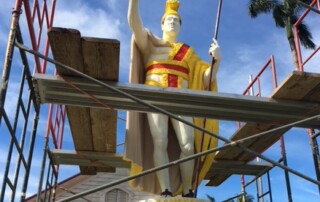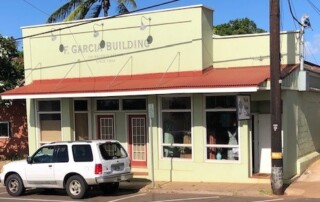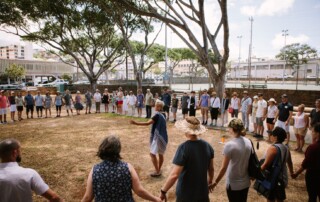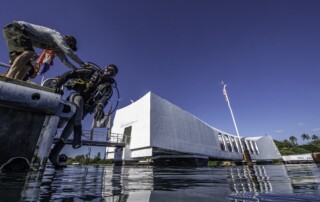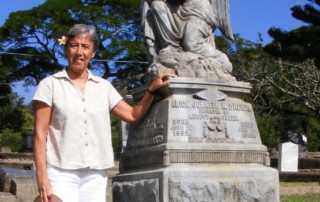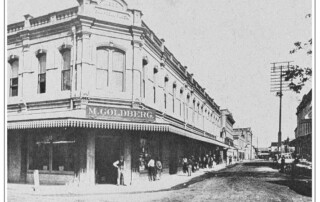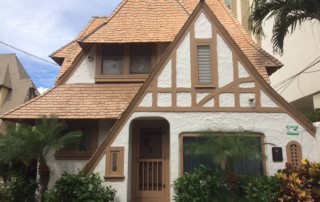Sharon Hayden Embraces Kuleana for “The Painted King”
6/2/2020: The statue of Kamehameha the Great stands tall in front of the Kohala Civic Center in Kapa‘au, not far from the birthplace of Hawaii’s greatest king. For over two decades, care and kuleana for this public sculpture, known as the Painted King, has fallen to Sharon Hayden, a 45-year resident of North Kohala on Hawai‘i Island, and a dedicated community volunteer. Kamehameha, born in 1758, conquered and united the Hawaiian Islands by 1810. His death in 1819 was followed by rulers in the Kamehameha dynasty, until King David Kalākaua came to power in 1874. It was during Kalākaua’s reign that the Kingdom of Hawai‘i commissioned the creation of a sculpture of Kamehameha the Great in 1878. Created and cast in France and Italy by Boston sculptor Thomas Ridgeway Gould, the Statue was lost at sea off the Falkland Islands when the ship caught fire and sank. A second statue was quickly commissioned, which was eventually delivered to Honolulu and still stands in front of Ali‘iōlani Hale, the Judiciary Building and home of the Hawai‘i Supreme Court. In 1882, the original Statue was salvaged from the sea and brought to Hawai‘i by Captain Jarvis, who was en route to the Islands. Having received the second statue in Honolulu, the government decided to send the original to North Kohala. The time under the sea left the statue marred and worn. Rather than leave the statue with an unsightly and undignified appearance, community members painted the statue in vivid colors. This local practice of painting the statue continued for some 120 years. By the late 20th century, the layers of paint had accumulated and were causing damage to the substrate. The effort to assess and conserve the [...]


